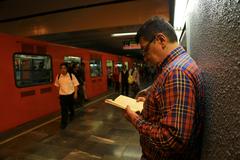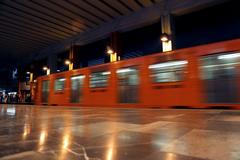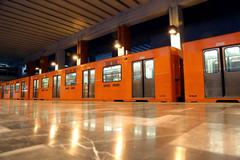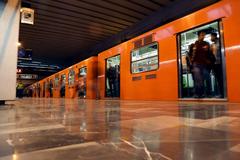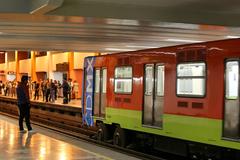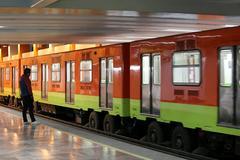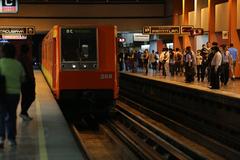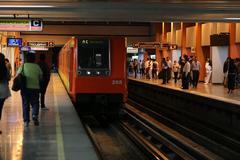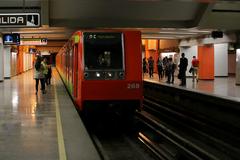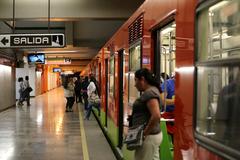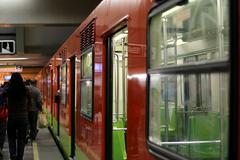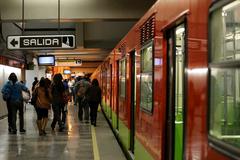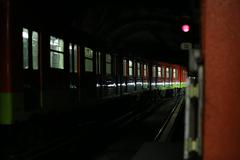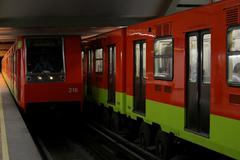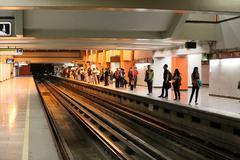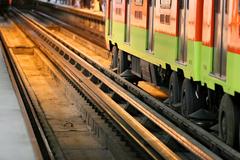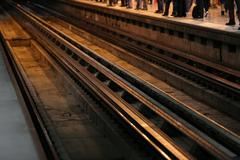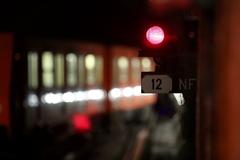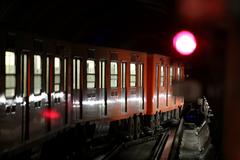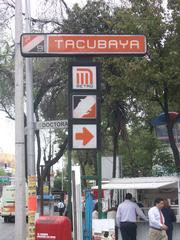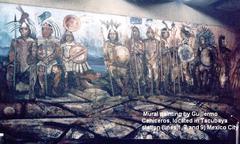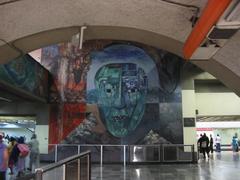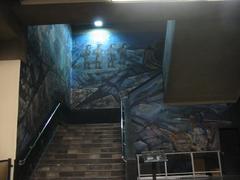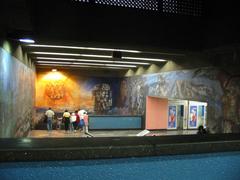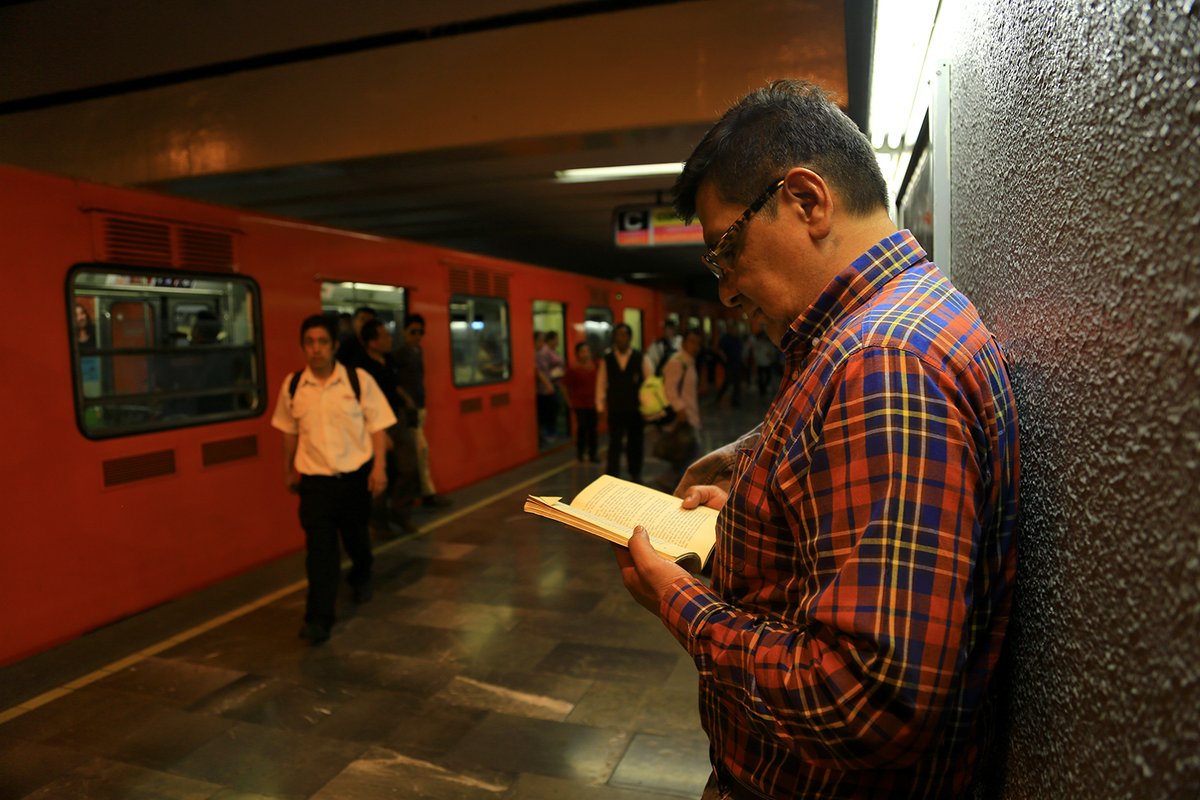
Tacubaya, Mexico City: Visiting Hours, Tickets, and Historical Sites Guide
Date: 14/06/2025
Introduction: Discover the Historic Heart of Tacubaya
Situated in the Miguel Hidalgo borough of western Mexico City, Tacubaya stands as a living testament to over 2,500 years of continuous history, blending pre-Hispanic origins, colonial grandeur, modernist architecture, and vibrant community life. Its name, derived from Nahuatl for “where water is gathered,” reflects the rivers that nurtured early settlements and shaped its destiny. Today, Tacubaya invites visitors to experience a fascinating mix of historical landmarks, contemporary art, bustling markets, and urban renewal, all within easy reach by Metro lines 1, 7, and 9 (Visiting Tacubaya: Exploring Mexico City’s Historic Neighborhood).
This comprehensive guide covers Tacubaya’s most notable historical sites, up-to-date visiting hours, ticket information, accessibility tips, and practical recommendations—ensuring an enriching visit for history buffs, architecture admirers, families, and curious travelers alike (Tacubaya Visiting Hours, Tickets & Top Mexico City Historical Sites).
Table of Contents
- Historical Overview
- Top Historical & Cultural Landmarks
- Museums, Urban Art, and Community Spaces
- Markets, Food, and Shopping
- Visitor Information & Practical Tips
- Nearby Attractions
- Frequently Asked Questions (FAQ)
- Conclusion
- References & Further Reading
Historical Overview
Pre-Hispanic and Colonial Roots
Tacubaya’s earliest origins trace to settlements established by Chichimeca groups between 450 and 250 BCE. The abundance of natural springs and rivers fostered agriculture and community development, a legacy later expanded by the Mexica (Aztecs) around the 13th century. Its Nahuatl name, first Acozcomac and later Atlalcuihaya, attests to the area’s importance as a water-rich site (Artchitectours, Huntington).
The arrival of Spanish colonizers in the 16th century transformed Tacubaya into a rural retreat for viceroys and Mexico City’s elite. Grand estates, monasteries, and churches—including the earliest Dominican monastery and the Ex-Convento de San Diego—were constructed, many still standing as reminders of this era (Artchitectours).
19th & 20th Century Transformations
By the 1800s, Tacubaya had gained recognition as a political and social hub, playing a pivotal role in events like the 1857 Plan of Tacubaya during the Reform War. The late 19th and early 20th centuries saw further urbanization, with the construction of railway lines, Art Deco buildings such as Edificio Ermita, and eventual integration into Mexico City’s metropolitan area in 1928 (Visiting Tacubaya: Exploring Mexico City’s Historic Neighborhood).
Top Historical & Cultural Landmarks
Santo Domingo Temple & Parroquia de la Candelaria
- Location: Adjacent to the former Ex-Convento de San Diego
- Visiting Hours: Tuesday–Sunday, 9:00 AM – 5:00 PM (church open daily 7:00 AM – 8:00 PM)
- Tickets: Free
- Accessibility: Partial wheelchair access
As the only surviving Dominican monastery in Mexico City, this 16th-century church is famed for its historic architecture and the annual Candlemas (Candelaria) festival every February 2nd.
Casa de la Bola Museum
- Location: Parque Lira 136, Tacubaya
- Visiting Hours: Saturday & Sunday, 10:00 AM – 5:00 PM
- Tickets: ~40 MXN; guided tours available on weekends
- Accessibility: Partially accessible; some historic areas may not accommodate wheelchairs
This late 18th-century mansion offers a glimpse into Mexico’s aristocratic past with period furnishings and lush gardens (Learn more about Casa de la Bola).
Luis Barragán House and Studio
- Location: General Francisco Ramírez 12-14, Tacubaya
- Visiting Hours: Tuesday–Sunday, 10:00 AM – 4:00 PM; guided tours by appointment only
- Tickets: ~300 MXN; book in advance via the official website
- Accessibility: Limited due to historic structure
Recognized as a UNESCO World Heritage Site, this modernist masterpiece was the home and studio of architect Luis Barragán, blending traditional Mexican elements with innovative design (Time Out).
Edificio Ermita
- Location: Triángulo de Tacubaya
- Viewing: Exterior only; open for photography
This iconic Art Deco building from the early 1930s once housed the Cine and Teatro Hipódromo and remains a symbol of Tacubaya’s modernization (Artchitectours).
Parque Lira & Alameda de Tacubaya
- Parque Lira: Daily, 6:00 AM – 8:00 PM; free entry, fully accessible (Visit Parque Lira)
- Alameda de Tacubaya: Daily, 6:00 AM – 8:00 PM
These green spaces provide tranquil settings for walks, local events, and family outings, with historic fountains, sculptures, and playgrounds.
Museums, Urban Art, and Community Spaces
- Museo Casa de la Bola: Showcasing European and Mexican art, antique furniture, and decorative arts.
- Laboratorio Arte Alameda (nearby): Contemporary art and multimedia exhibitions (More about Laboratorio Arte Alameda).
- Public Murals & Community Centers: Streets are adorned with murals reflecting Tacubaya’s indigenous, colonial, and urban heritage. Community art projects and workshops foster local pride and creative expression.
Markets, Food, and Shopping
Mercado Tacubaya
- Address: Av. Jalisco s/n, Tacubaya
- Hours: Monday–Saturday, 7:00 AM – 7:00 PM
- Tickets: Free entry (Explore Mercado Tacubaya)
Sample authentic street food—tacos de guisado, tamales, pan dulce—and browse stalls for fresh produce and local crafts.
Artisan Shops & Vintage Stores
Browse handcrafted jewelry, textiles, and retro collectibles near Avenida Revolución and Avenida Jalisco.
Visitor Information & Practical Tips
Getting There
- Metro: Tacubaya Station connects Lines 1, 7, and 9 (Mexico City Metro Info)
- Metrobus: Line 1 serves Tacubaya
- Bus: Multiple local routes
Accessibility
Most public spaces and parks are accessible, but some historic sites (notably Casa de la Bola and Luis Barragán House) have limited wheelchair access.
Guided Tours & Special Events
- Luis Barragán House: Advance booking required, guided tours in Spanish and English
- Street Art & History Tours: Book via Viator or Get Your Guide
- Festivals: Candlemas in February at Parroquia de la Candelaria, plus various cultural events and markets throughout the year
Safety & Etiquette
- Visit during the day; use authorized taxis or rideshare after dark
- Drink bottled water; tap water is not potable
- Ask permission before photographing people in markets or religious spaces
Nearby Attractions
- Chapultepec Park: Mexico City’s largest green space with museums, a zoo, and the historic castle (Chapultepec Park)
- San Miguel Chapultepec: Known for art galleries and cafés
- Condesa & Roma: Trendy neighborhoods with nightlife, dining, and Art Deco architecture
Frequently Asked Questions (FAQ)
Q: What are the main visiting hours for Tacubaya’s attractions?
A: Most museums and parks open between 10:00 AM and 6:00 PM; Casa de la Bola is open weekends, and Luis Barragán House offers guided tours by appointment.
Q: Are entrance fees required?
A: Many parks and churches are free; Casa de la Bola and Luis Barragán House charge modest fees.
Q: Is Tacubaya safe?
A: Generally safe during the day; exercise standard urban precautions, especially at night.
Q: How do I get to Tacubaya?
A: The neighborhood is easily accessible by Metro (Lines 1, 7, 9), Metrobus, and bus.
Q: Are guided tours available?
A: Yes, for architecture, history, and urban art—advance booking recommended.
Q: Is Tacubaya family-friendly?
A: Absolutely; green spaces, markets, and museums appeal to visitors of all ages.
Conclusion
Tacubaya is a microcosm of Mexico City’s rich heritage, offering visitors the chance to explore everything from ancient ceremonial sites and colonial churches to modernist masterpieces and bustling markets. With excellent public transportation, accessible parks, and a vibrant cultural calendar, Tacubaya is both welcoming and rewarding for every type of traveler. Be sure to check visiting hours and book tickets in advance for major attractions like the Luis Barragán House. For a truly immersive experience, consider joining a local tour and engaging with the neighborhood’s ongoing urban renewal story.
Download the Audiala app for interactive maps, audio guides, and the latest tips for exploring Tacubaya and other historic neighborhoods in Mexico City. Follow us on social media for updates and travel inspiration!
References & Further Reading
- Visiting Tacubaya: Exploring Mexico City’s Historic Neighborhood
- What Lies Hidden Beneath Velasco’s View of Tacubaya - Huntington
- Best Things to Do in Mexico City - Time Out
- Mercado Tacubaya - CDMX
- Museo Casa de la Bola - México Desconocido
- Parque Lira - Time Out México
- Laboratorio Arte Alameda - Cultura CDMX
- Mexico City Metro Info
